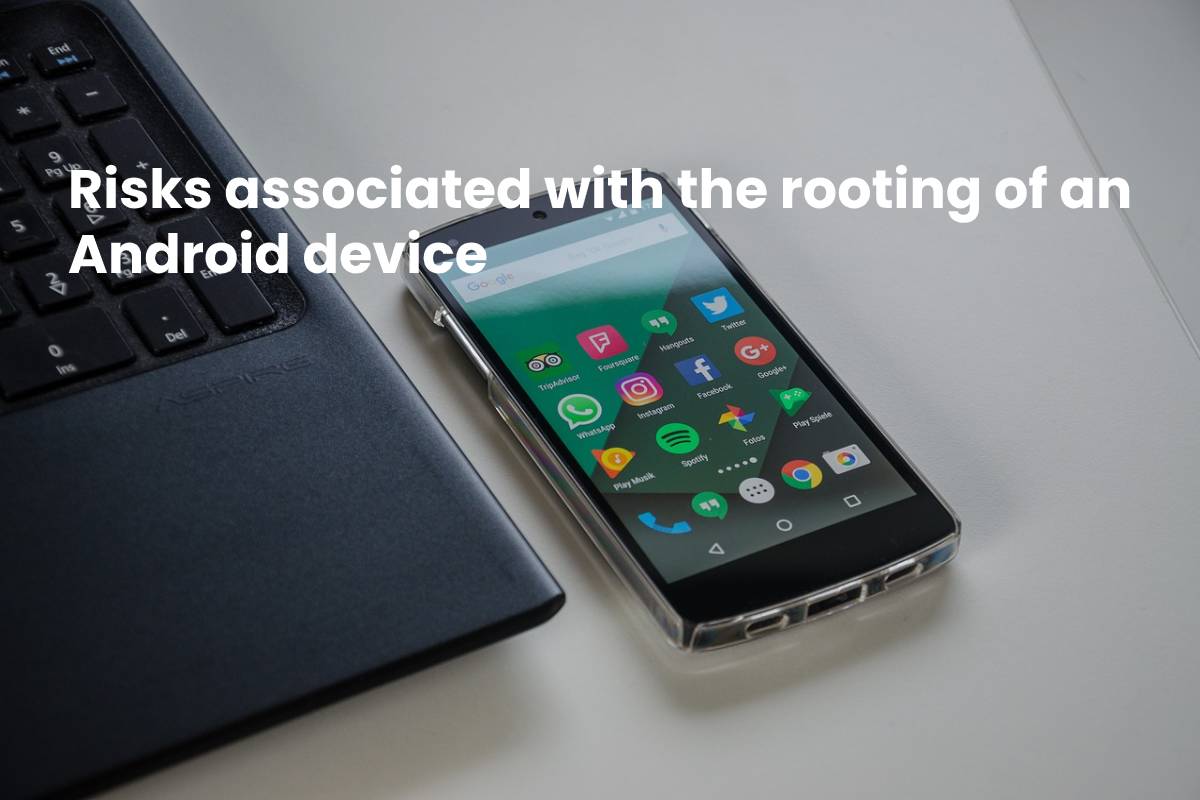Table of Contents
Rooting of Android Device
Rooting of Android Device – What are the possible risks with rooting our device? the Rooting our Android device means having access to the root directory, access to all the directories and files in the file system.
Therefore, the first consideration is that by rooting the device, we allow access to the entire file system, including its sensitive areas.
We must be aware that we will lose our terminal’s warranty by rooting the device since the manufacturer understands that we are responsible for everything from that moment by doing this type of operation. Therefore, we are assuming that risk.
Another aspect that we must know is that many applications carry out checks to detect the device’s rooting and, on certain occasions, may not allow its installation. An example is SafetyNet, a system that application developers have to verify genuine and unmodified. It does check the device’s software and hardware to prove its integrity, comparing the current state with the reference data collected during the compatibility test (CTS).
We must also consider that the device software can get damaged since access to the entire file system. In this way, unexpected content could be removed or modified and impact the rest of the system.
Protection mechanisms against the main threats in an email
Currently, one of the significant threats in an email is phishing and spoofing, the identification of which can be especially problematic.
To mitigate this problem, there are mainly three mechanisms:
SPF, the sender’s agreement. It will allow an organization to define which servers or IPs mail can transfer on its behalf.
DKIM, which uses a signature to guarantee the authenticity of the mail.
DMARC, the combination of SPF and DKIM, will allow cross-evaluations and, based on their results, determine what to do with an email (delete it, leave it in quarantine, or deliver it usually).
Protection mechanisms against the main threats in an email
Even after decades, email is still an essential communication tool in the personal and professional sphere. In all these years, instant messaging apps, social networks, and countless corporate solutions have emerged, each more innovative than the previous one. Yet, the classic email continues to be the formal communication support par excellence within any company.
For this reason, cybercriminals see email as an attractive window to try to “sneak” into an organization or to contact and deceive its employees, ensuring anonymity.



